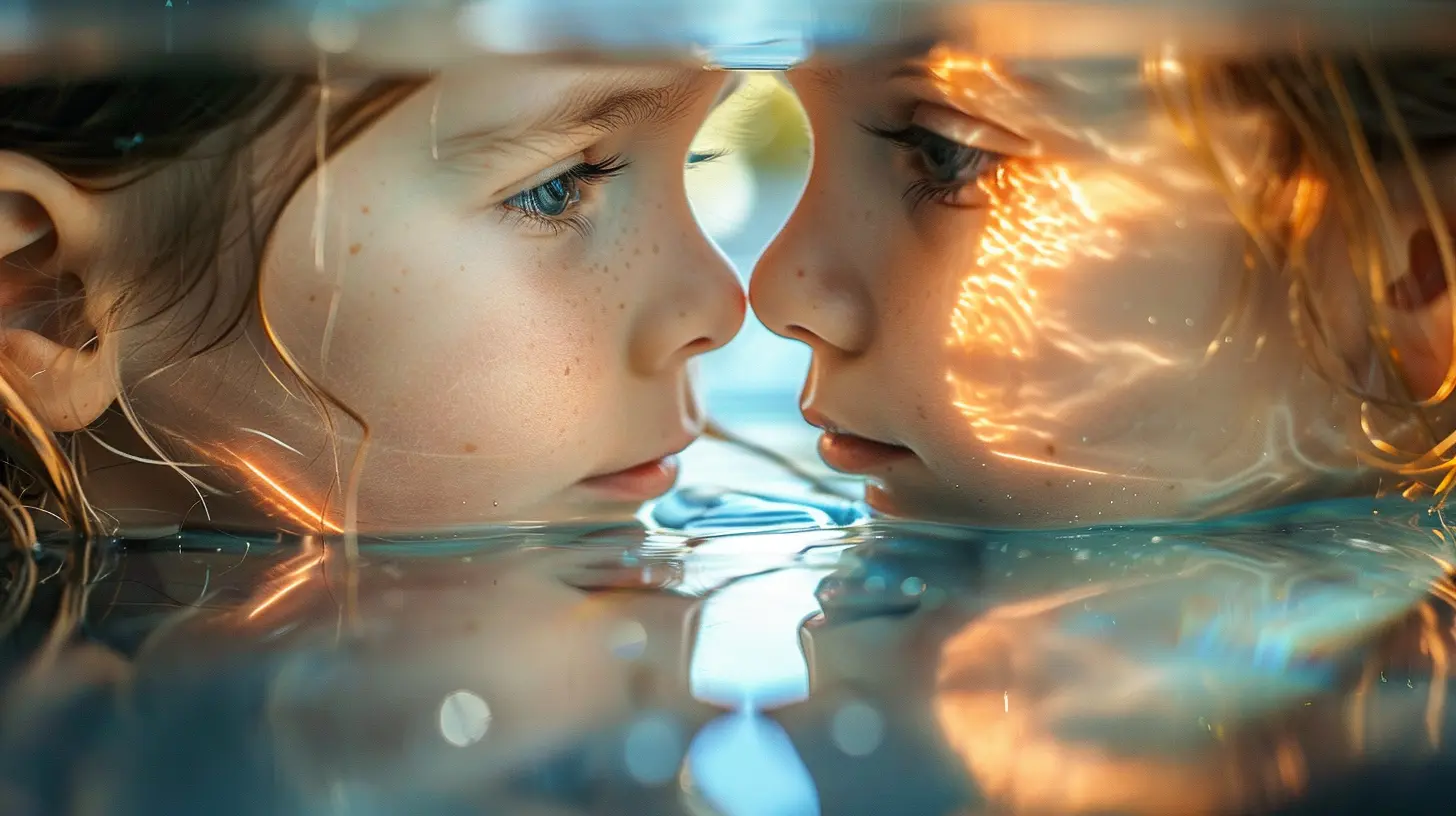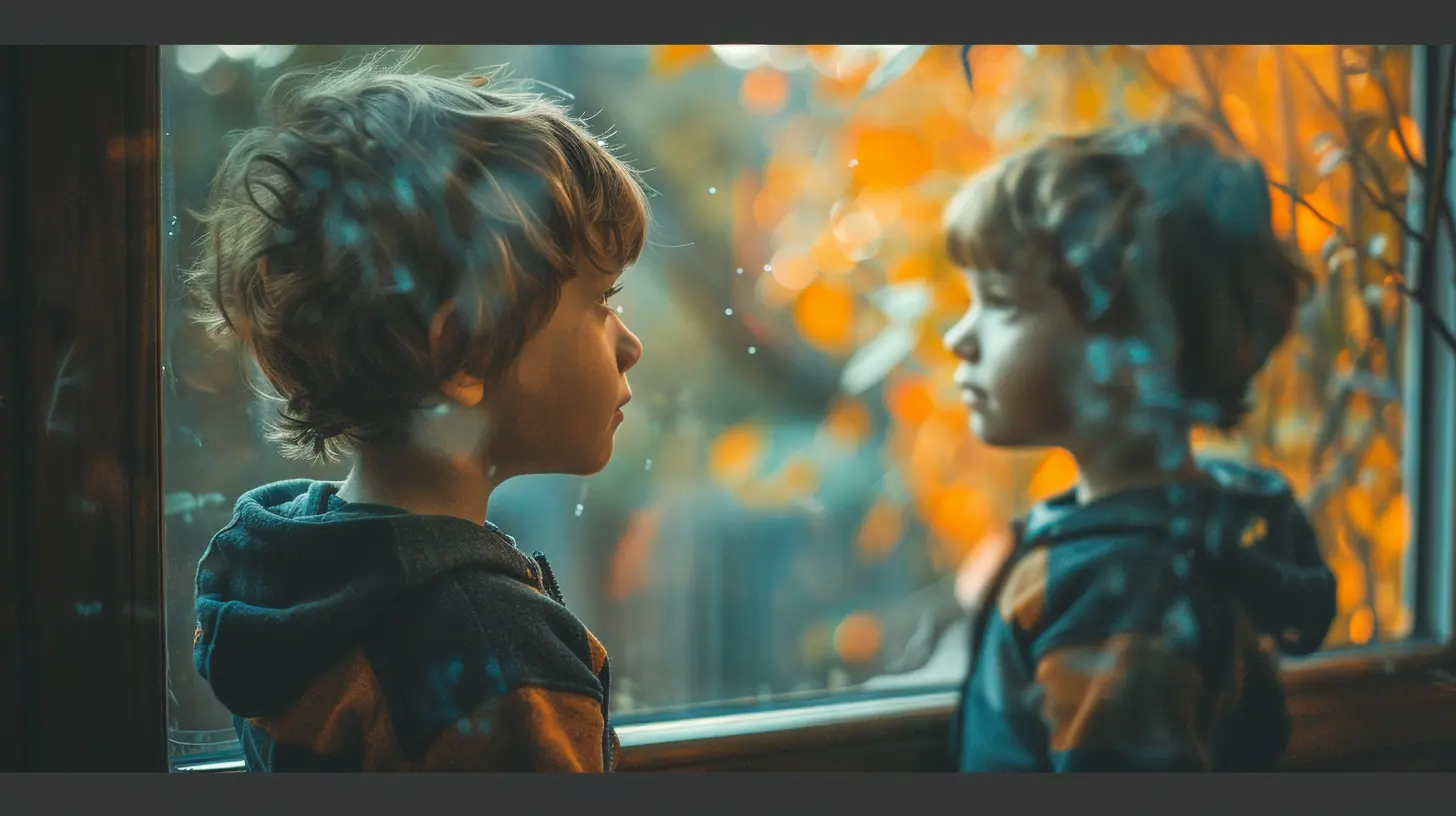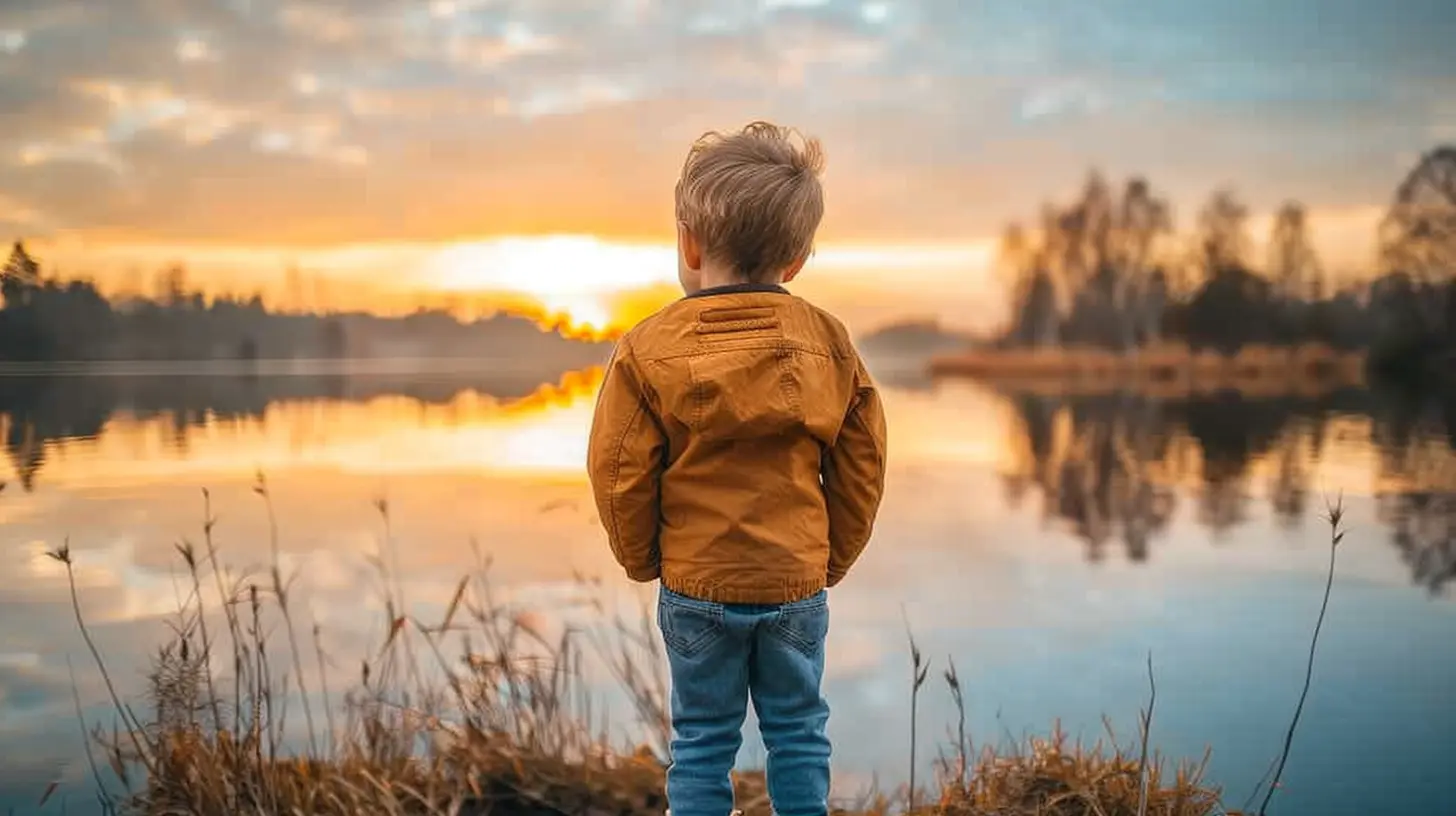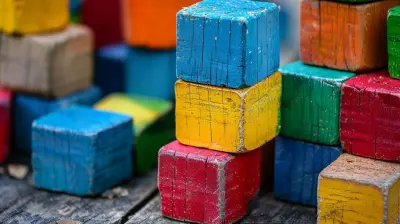Teaching Children the Power of Emotional Reflection
9 June 2025
We all want our kids to grow up happy, emotionally intelligent, and resilient. But let’s be honest—no one hands us a parenting manual with all the answers. One area many of us stumble through is helping our children understand and manage their emotions… and that’s where emotional reflection swoops in like a superhero.
Teaching children the power of emotional reflection isn’t just a “nice-to-have” skill. It’s critical. It builds empathy, strengthens relationships, reduces anxiety, and helps kids become thoughtful, grounded adults. But how do you teach something that even some adults struggle with?
Let’s break it down together.
What is Emotional Reflection, Anyway?
Emotional reflection is the ability to look back on our emotions and thoughts, understand where they came from, and learn something from them. It's kind of like holding up a mirror—not just to your face, but to your feelings.Think of it as pressing pause on the chaos inside, rewinding the emotional Netflix episode in your head, and seeing what’s really going on behind the scenes.
When kids learn to reflect on their feelings, they’re not just reacting anymore. They pause, process, and respond. And trust me, that’s a game-changer for both them and you.
Why Emotional Reflection Matters for Children
Let’s dive into the heart of the “why.”1. Builds Emotional Intelligence
Emotional intelligence (EQ) is a bigger predictor of future success than IQ. It helps kids navigate friendships, handle stress, and understand themselves. Reflection is key to EQ. Without it, emotions just swirl around without direction or purpose.2. Reduces Emotional Outbursts
Ever seen a toddler go from giggling to full-on meltdown in seconds? Yeah, us too. When children learn to recognize and reflect on emotions, those explosive moments start to diminish. They learn to identify, label, and manage their feelings instead of being overwhelmed by them.3. Promotes Empathy
When kids take time to reflect on how they feel, they also start recognizing emotions in others. The more they understand themselves, the easier it becomes to understand their friends, siblings, and even that cranky kid at school.4. Boosts Problem-Solving Skills
Imagine your child reflecting instead of reacting. Instead of screaming over a broken toy, they say, “That made me so mad. I felt sad when it broke. What can I do next?” That’s a mini problem-solver in the making!
Signs Your Child Needs Help With Emotional Reflection
Not sure if your child needs support in this area? Here are a few signs:- Frequent emotional outbursts
- Trouble identifying their emotions (“I don’t know why I’m sad”)
- Difficulty handling disappointment or changes
- Lack of empathy toward others’ feelings
If you’re nodding along, you’re in the right place.
How to Teach Emotional Reflection: Practical Tips That Work
Alright, let’s get to the good stuff. How can you actually teach emotional reflection to your child in a way that sticks?1. Start With Naming Emotions
Kids can’t reflect on emotions they don’t recognize. So the first step? Give those feelings a name.Use an emotion chart or create your own “Feelings Wheel” at home. From happy and sad to frustrated, embarrassed, and proud—help your child build a rich emotional vocabulary.
Example: “Hey, you look tense. Are you feeling overwhelmed?”
2. Model It Yourself
Let’s face it—kids are sponges. If you want them to learn emotional reflection, show them how it’s done.Talk about your own emotions openly. For real.
Example: “I felt really upset when I spilled my coffee this morning. I realized I had too much on my mind, and that made me distracted.”
It doesn’t have to be dramatic. Just honest and human.
3. Use Storytelling as a Tool
Books, movies, and even bedtime stories are goldmines for discussing emotions.After a story, ask questions like:
- “How do you think she felt when that happened?”
- “Have you ever felt the same way?”
This not only builds reflection, but empathy too.
4. Create a Safe Space to Share
If a child feels judged or criticized, they’ll shut down. It’s that simple.Encourage them to share their feelings without fear of punishment or shame. Create a space where all emotions are valid—even the messy ones.
Pro tip: Don’t rush in to fix everything. Sometimes they just need you to listen.
5. Practice Reflective Questions
Teach your child to ask themselves reflective questions. This helps them make sense of their experiences and feelings:- What was I feeling?
- Why did I feel that way?
- What did I do when I felt this?
- What can I do differently next time?
You can even make this part of your nightly routine—like brushing teeth, but for the heart.
6. Use a Feelings Journal
Journals aren’t just for adults with lattes in cozy coffee shops. Kids can benefit massively from reflecting on their day through writing or drawing.Let them write about their highs and lows, key emotions, and what made them proud. You’ll love looking back at it together months later.
7. Incorporate Mindfulness
Mindfulness trains kids to pause, observe their thoughts and feelings, and respond intentionally. It’s the secret sauce to emotional reflection.Try breathing exercises together, short meditations, or even mindful walks outside. Small moments. Big impact.
How Emotional Reflection Shapes Your Child’s Future
Let’s zoom out for a second.Teaching emotional reflection doesn’t just help your child manage today’s tantrum or tomorrow’s disagreement with a friend. It sets them up for life.
Here’s what they’ll carry with them:
- Stronger relationships: Better communication and empathy make for lasting friendships and healthier family dynamics.
- Resilience in tough times: They’ll bounce back from failure and disappointment with grace.
- A positive self-image: Understanding their emotions fosters self-awareness and confidence.
- Career readiness: Yup, even careers benefit. Emotional intelligence is one of the top soft skills employers look for.
So really, this isn’t just parenting—it’s future-proofing.
Real-Life Moments That Matter
Still wondering how this all plays out in real life?Picture this:
Your child comes home from school upset. Instead of yelling or bottling it up, they say, “I felt left out at lunch today. I noticed I got really quiet after that.” You sit, listen, and together you unpack that moment like detectives of the heart.
That kind of deep emotional awareness? Priceless.
Common Mistakes Parents Make (And How to Avoid Them)
We’ve all made these—no guilt here, just mindfulness.1. Dismissing Their Emotions
Saying “You’re fine” or “It’s not a big deal” might seem harmless, but it teaches kids not to trust their feelings. Try “I see you're upset. Want to talk about it?” instead.2. Over-Analyzing Everything
Balance is key. Not every emotion needs a TED Talk. Sometimes, just reflecting briefly and moving on is enough.3. Fixing Instead of Feeling
As parents, we want to solve problems. But reflection isn’t about fixing—it’s about feeling, processing, and learning. Sit in their emotions with them first.Emotional Reflection by Age: What to Expect
Every age handles reflection differently. Here’s a quick guide:Toddlers (Ages 2-4)
- Use basic feelings words: happy, sad, mad, scared.- Draw faces, use picture books.
- Short talks with lots of repetition.
Kids (Ages 5-8)
- Dig into “why” and “what happened?”- Encourage storytelling about their day.
- Practice deeper empathy.
Tweens and Teens (Ages 9+)
- Journal or discuss complex emotions like guilt, jealousy, or anxiety.- Explore cause and effect in emotions.
- Let them lead conversations (with gentle guidance).
Final Thoughts: It’s a Journey, Not a Checklist
If all of this feels big, breathe. You don’t have to be perfect. Emotional reflection is a journey—for both you and your child.What matters most is that you're showing up, being present, and providing space for growth. Some days will be messy. Others will be magical. But with consistency, patience, and love, your child will blossom into someone who can understand and navigate their emotions with grace.
And really, isn’t that the kind of superpower every child deserves?
all images in this post were generated using AI tools
Category:
Emotional DevelopmentAuthor:

Maya Underwood
Discussion
rate this article
2 comments
Zaren Mendez
This article highlights an essential aspect of parenting. Teaching children to reflect on their emotions not only fosters self-awareness but also builds resilience. Practical tips on guiding kids through this process are particularly valuable for parents seeking deeper connections with their children.
June 11, 2025 at 3:57 AM

Maya Underwood
Thank you for your insightful comment! I'm glad you found the tips valuable for fostering emotional reflection and stronger connections with children.
Clara McKnight
Emotional reflection fosters resilience in children, encouraging them to understand feelings and build deeper connections.
June 9, 2025 at 4:52 AM

Maya Underwood
Thank you for your insightful comment! Emotional reflection indeed plays a crucial role in helping children develop resilience and form stronger connections.


